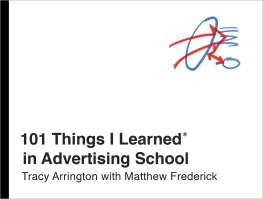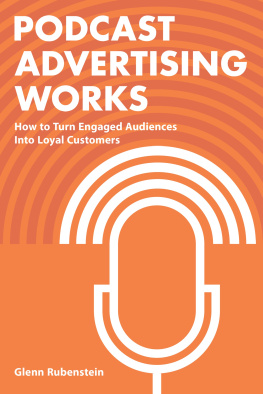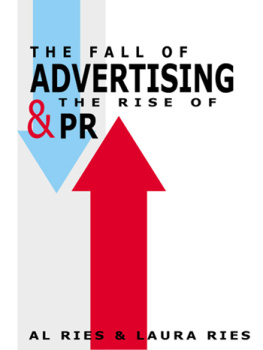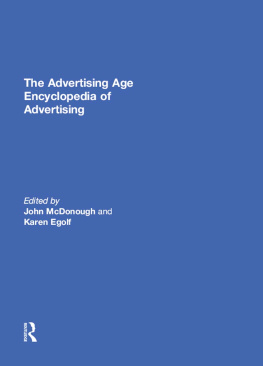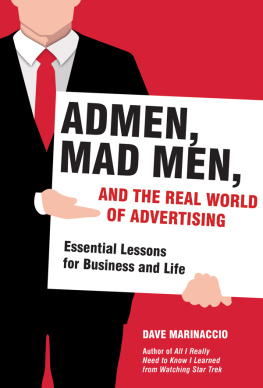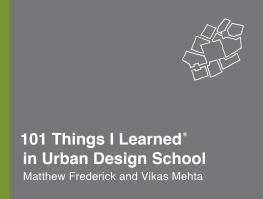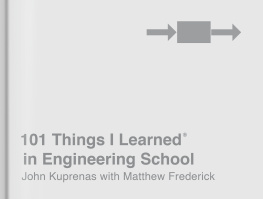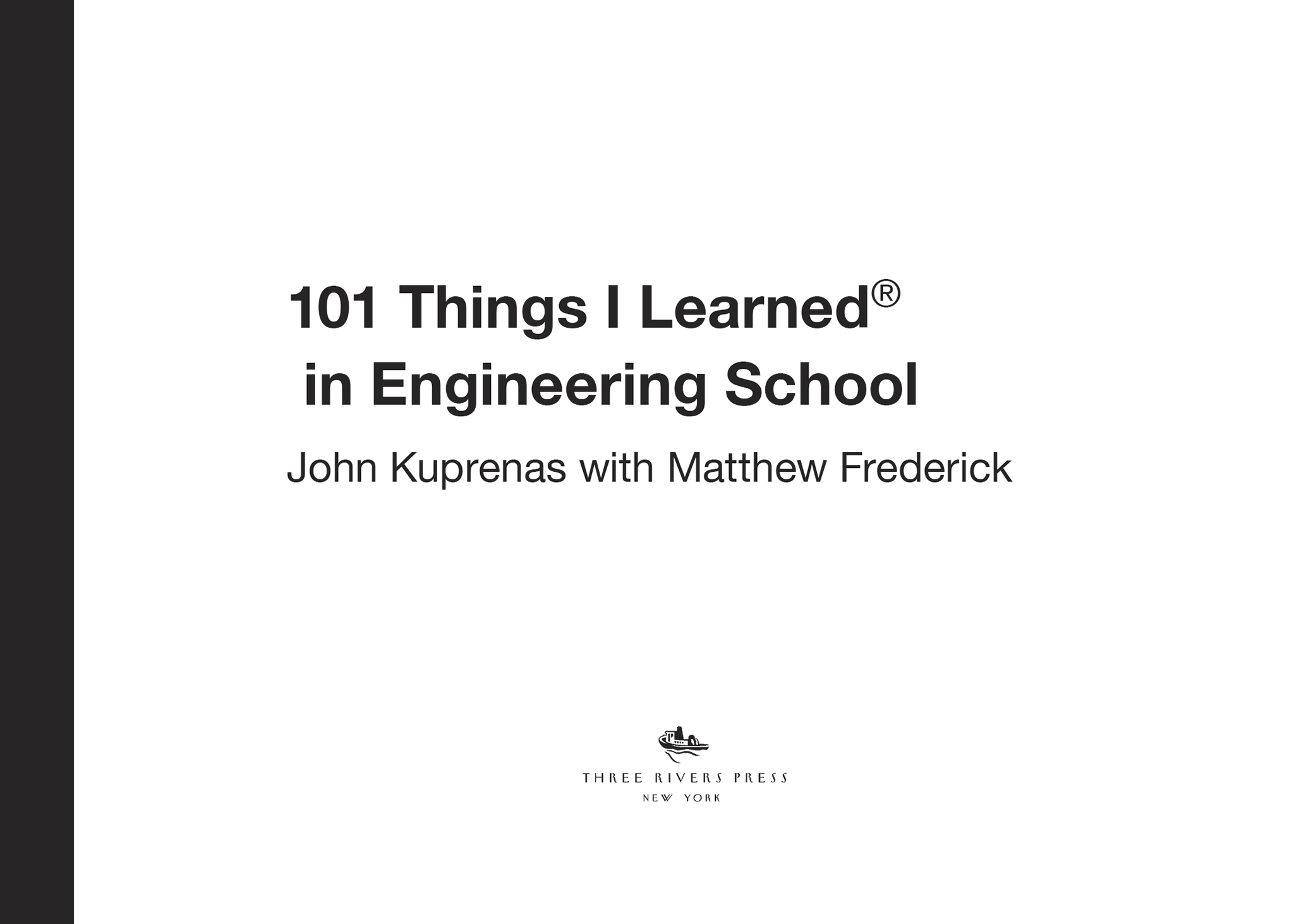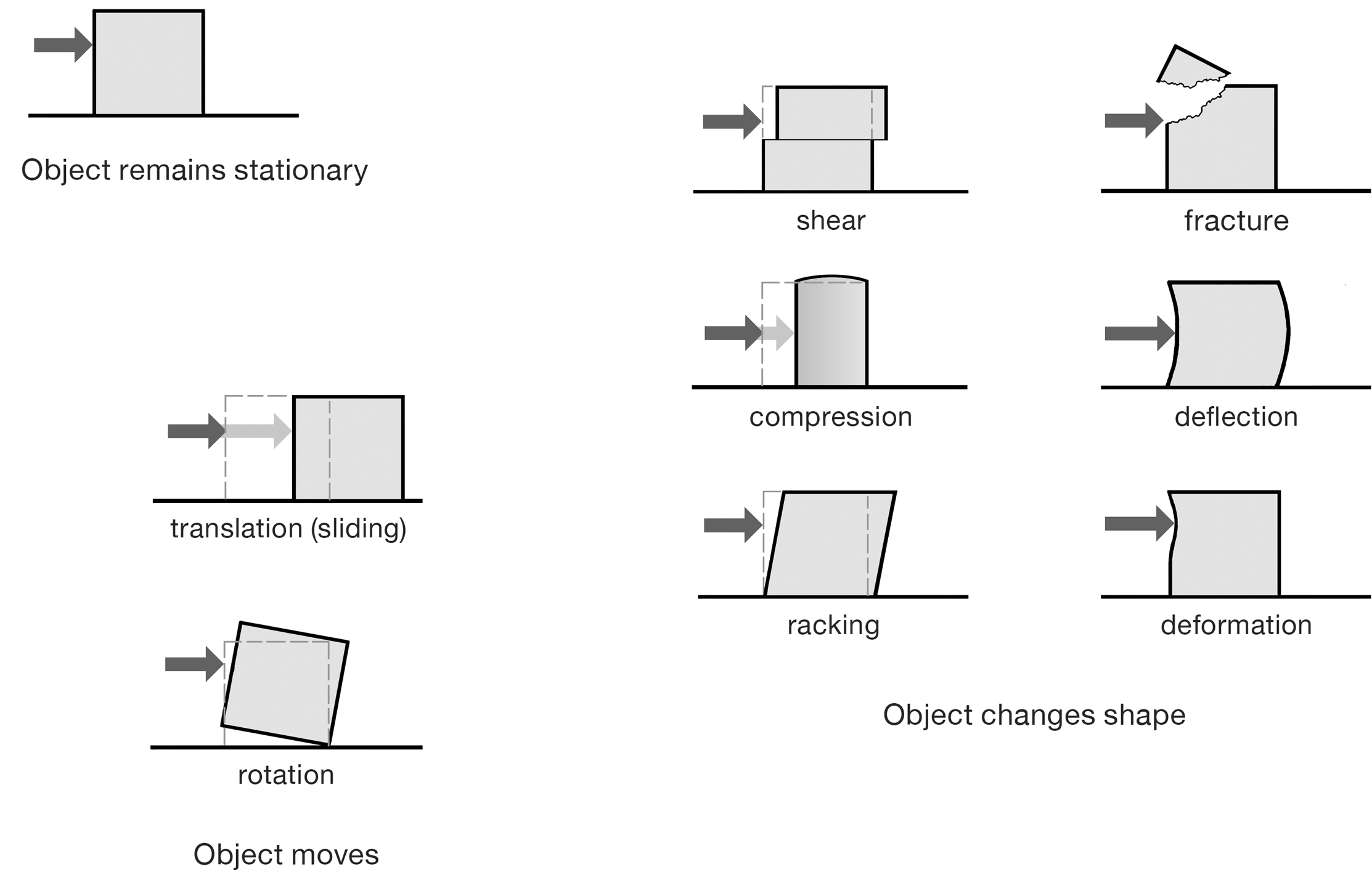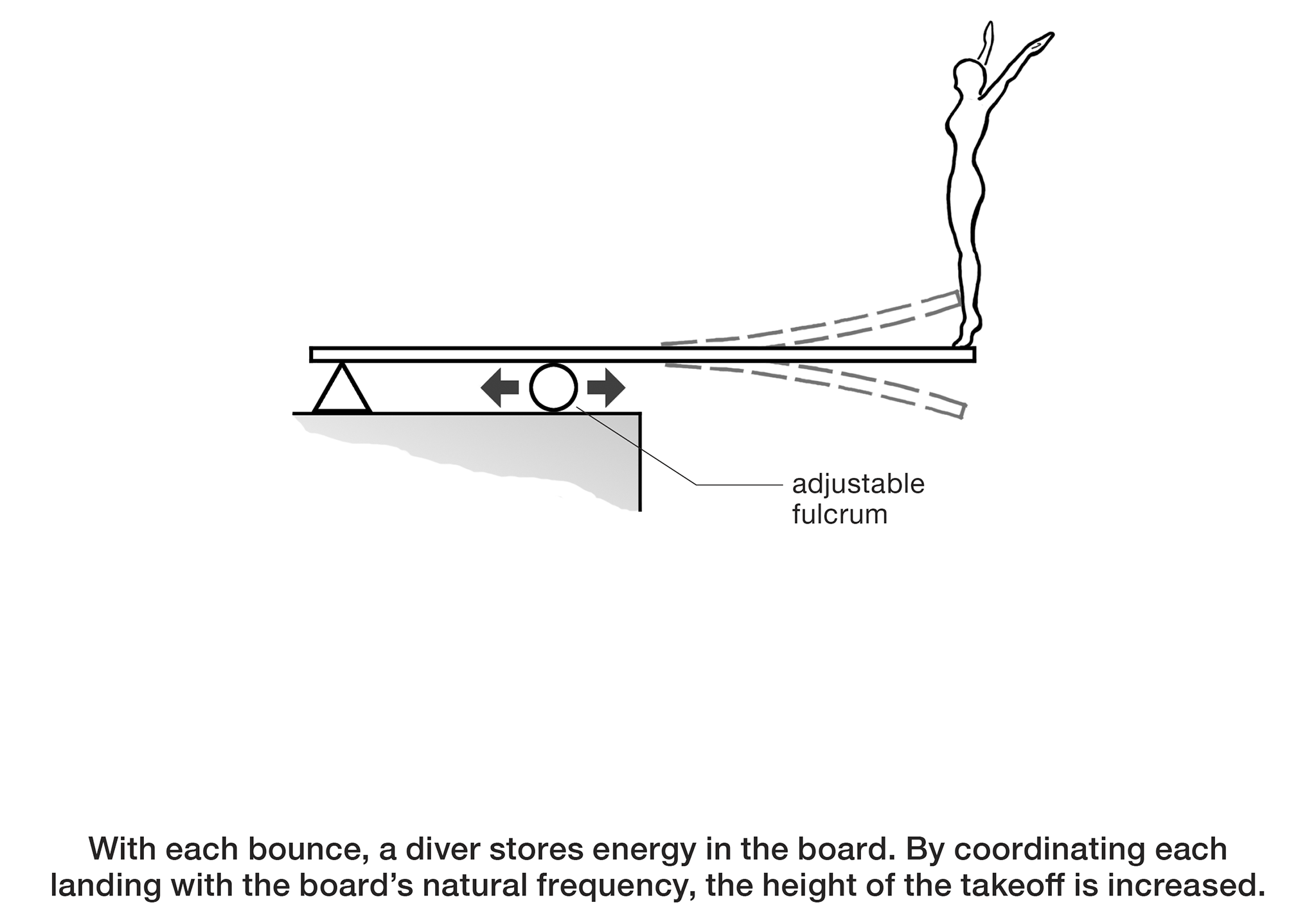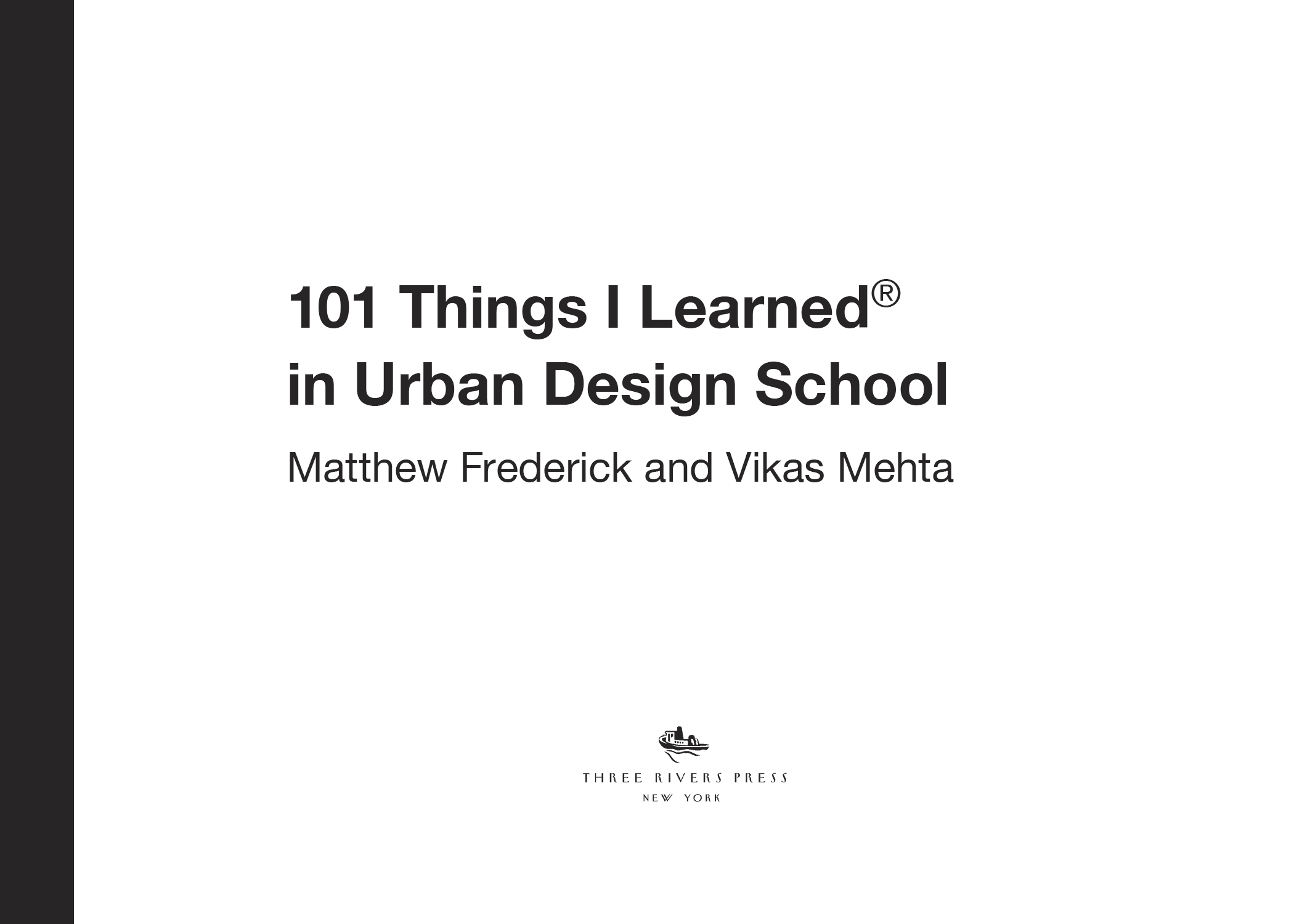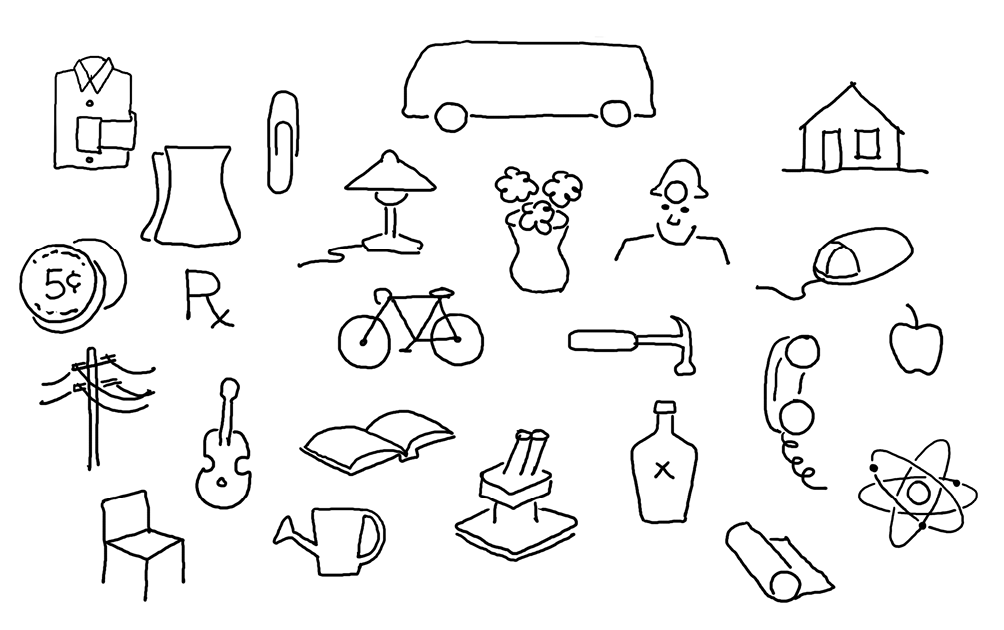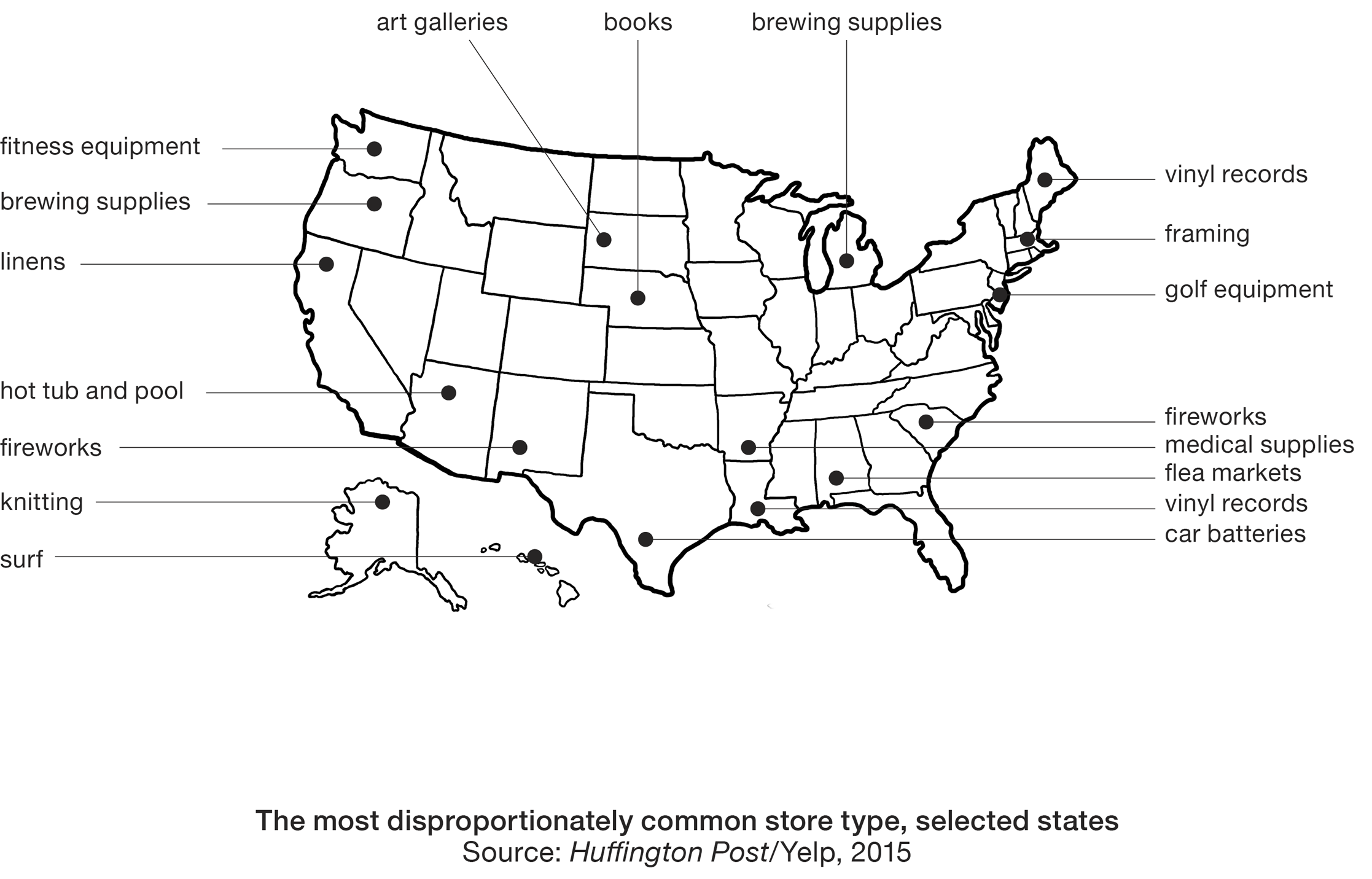Tracy Arrington is the Director of Consumer Insights and Media at a full-service advertising agency in Austin, Texas. She has developed advertising and media campaigns for many of the worlds leading brands, including AT&T, Bank of America, BMW, Dell, DreamWorks, MasterCard, Nike, Sylvania, Taco Bell, and Walmart. She teaches at the University of Texas at Austin.
Matthew Frederick is an architect, urban designer, instructor of design and writing, and the creator of the acclaimed 101 Things I Learned series. He lives in New Yorks Hudson Valley.
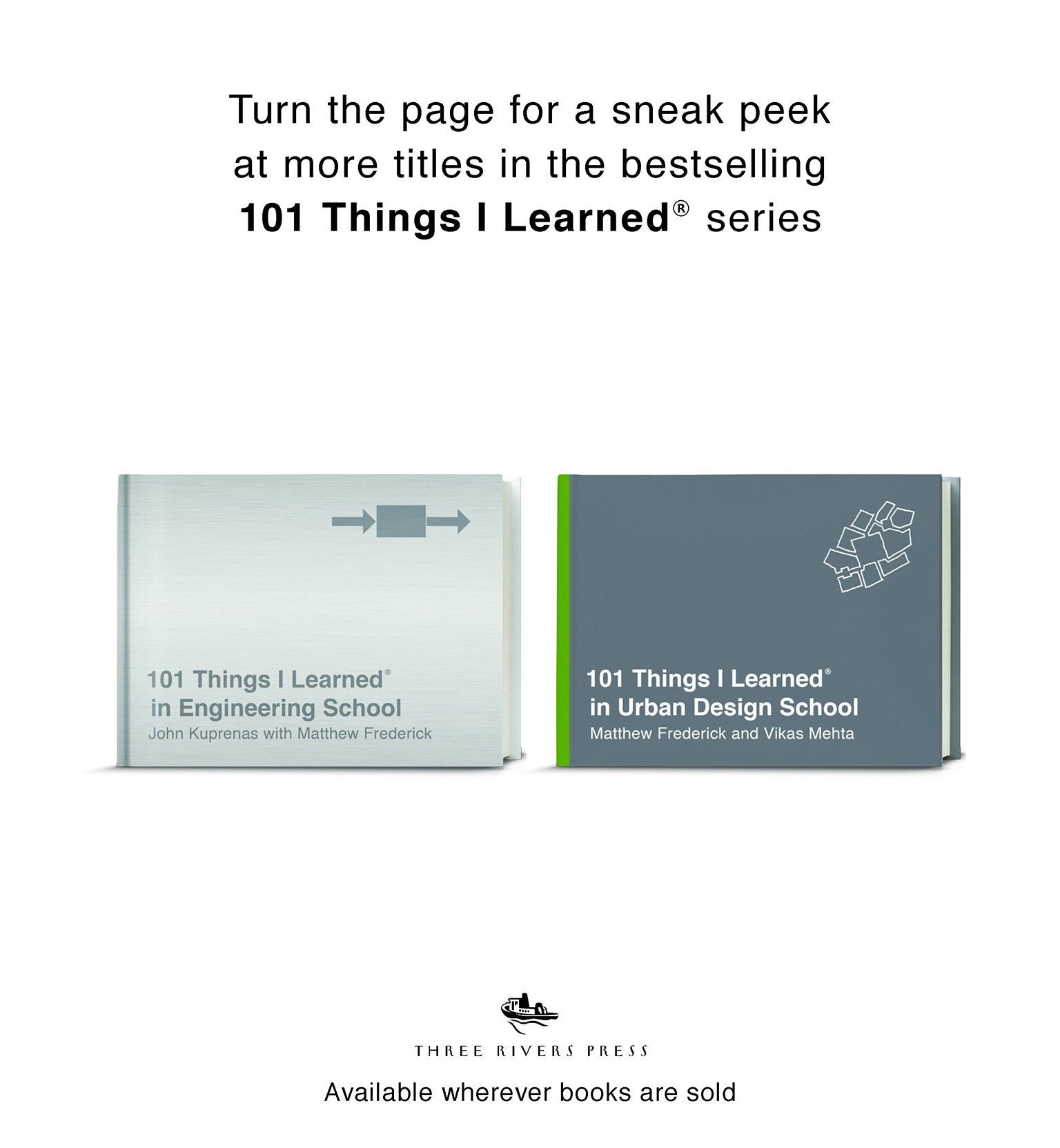
www.101ThingsILearned.com
When a force acts on an object, three things can happen.
An object that receives a force will remain stationary, move, or change shapeor undergo a combination of these reactions. Mechanical engineering generally seeks to exploit movement, while structural engineering seeks to prevent or minimize it. Most engineering disciplines aim to minimize changes in the shape of a designed object.
Soldiers shouldnt march across a bridge.
A structural member vibrates in response to normal loads and impacts, in the manner of a plucked guitar string. The natural or resonant frequency of an object is the time it takes to complete one cycle of movement (fully back and forth or up and down) upon disturbance.
When a force acts repeatedly on a structural member, and at a rate that matches its natural frequency, the members response is enhanced with every cycle. The effects range from loud humming (such as when vibrations from a buildings mechanical equipment coincide with a beams natural frequency) to uncomfortable oscillation to occasional collapse. Many relatively small earthquakes have induced significant damage when their wave frequency has matched that of affected buildings. In 2000, thousands of pedestrians celebrating the opening of the London Millennium Footbridge inadvertently induced oscillation when their walking rhythms matched the structures natural frequency. As they swayed in response to the unanticipated movement, they inadvertently increased it. The bridge was closed following the event and the structural system was repaired.
Invert your thinking.
Our culture predisposes us to see and understand reality as an arrangement of objects. To our modern eyes, space is a void within which we create or place objects. We tend not to give space a shape but to treat it as a leftover, or residual, from the placement of objects.
The opposite understanding applies to the making of urban places. Just as one ordinarily gives shape to buildings, the urban designer gives shape to outdoor spaces. Buildings are often the leftover; they are typically sited, configured, formed, and even de formed so that public streets and plazas can have clear, meaningful shape.
As we enter, we look for the exit.
A public space lacking an apparent exit at the end opposite from where one enters will dissuade many people from using iteven if they do not intend to pass all the way through the space. A dead end subconsciously invokes our defensive instincts: if we are pursued from behind, we will lack an escape route. A street, alley, public mall, or interior corridor lacking a through-connection will have fewer people, fewer things of interest, and less vitality than one with a through-passage. A physical dead end is an experiential dead end is a social dead end is a cultural dead end is an economic dead end.
Notes
Greg J. Lessne, The Impact of Advertised Sale Duration on Consumer Preference, Proceedings of the 1987 Academy of Marketing Science Annual Conference; Greg J. Lessne and Elaine M. Notarantonio, Effects of limits in retail advertisements: A reactance theory perspective, Psychology and Marketing 5, no. 1 (Spring 1988): 3334; M. B. Mazis, R. B. Settle, and D. C. Leslie, Elimination of phosphate detergents and psychological reactance, Journal of Marketing Research 10 (1973): 39095.
S. S. Yang, S. E. Kimes, and M. M. Sessarego, $ or dollars: Effects of menu-price formats on restaurant checks, Cornell Hospitality Report 9, no. 8 (2009): 611.
David B. Strohmetz, Bruce Rind, Reed Fisher, and Michael Lynn, Sweetening the Till: The Use of Candy to Increase Restaurant Tipping, Journal of Applied Social Psychology 32 (2002): 300309.
Jack W. Brehm, A Theory of Psychological Reactance (New York: Academic Press, Inc., 1966).
Ryan S. Elder and Aradhna Krishna, The Visual Depiction Effect in Advertising: Facilitating Embodied Mental Simulation Through Product Orientation, Journal of Consumer Research 38, no. 6 (April 2012).
People who dislike advertising should do everything themselves.
When you can buy something made by others for less than it costs to make it yourself, you become a consumer. Modern economies are based on the mass acceptance of this proposition. Each of us specializes and is productive in one or a few areas, and depends on others specialization and productivity in other areas. Advertising is how we find our way to things others provide. It is a necessary companion to mass production and mass consumption.
A lot of people are like you, but just barely.
The target audience for an ad campaign shares an attribute, interest, or behavior. If you are part of the audience, you might be inclined to create a campaign you feel would appeal to you as a consumer. If youre a manly whiskey aficionado trying to sell whiskey, for example, you might imagine a print campaign in Maxim, your favorite magazine. But data reveals the magazine most read by whiskey drinkers is Better Homes and Gardens .
Base a campaign on insights into the audience that can be proved by data, not on what you think would work on you or people you know.
Consumers travel a product purchase path for every buying decision. Each step on the path represents a strengthening of the consumers tie to the product. For inexpensive items, such as tacos or gum, the path is short and even instantaneous. For expensive or personal items, such as automobiles, washing machines, and engagement rings, the path can extend for months or even years.

